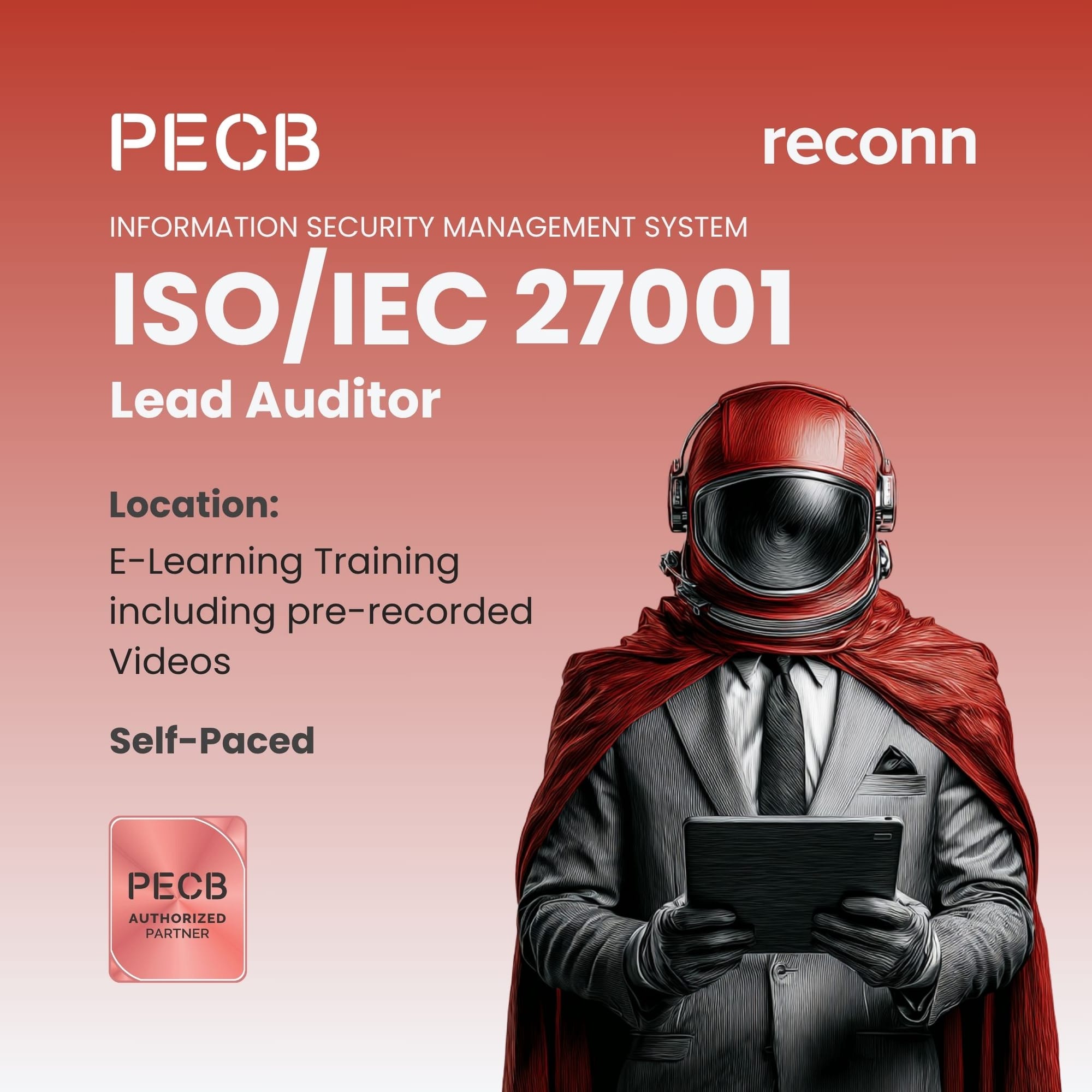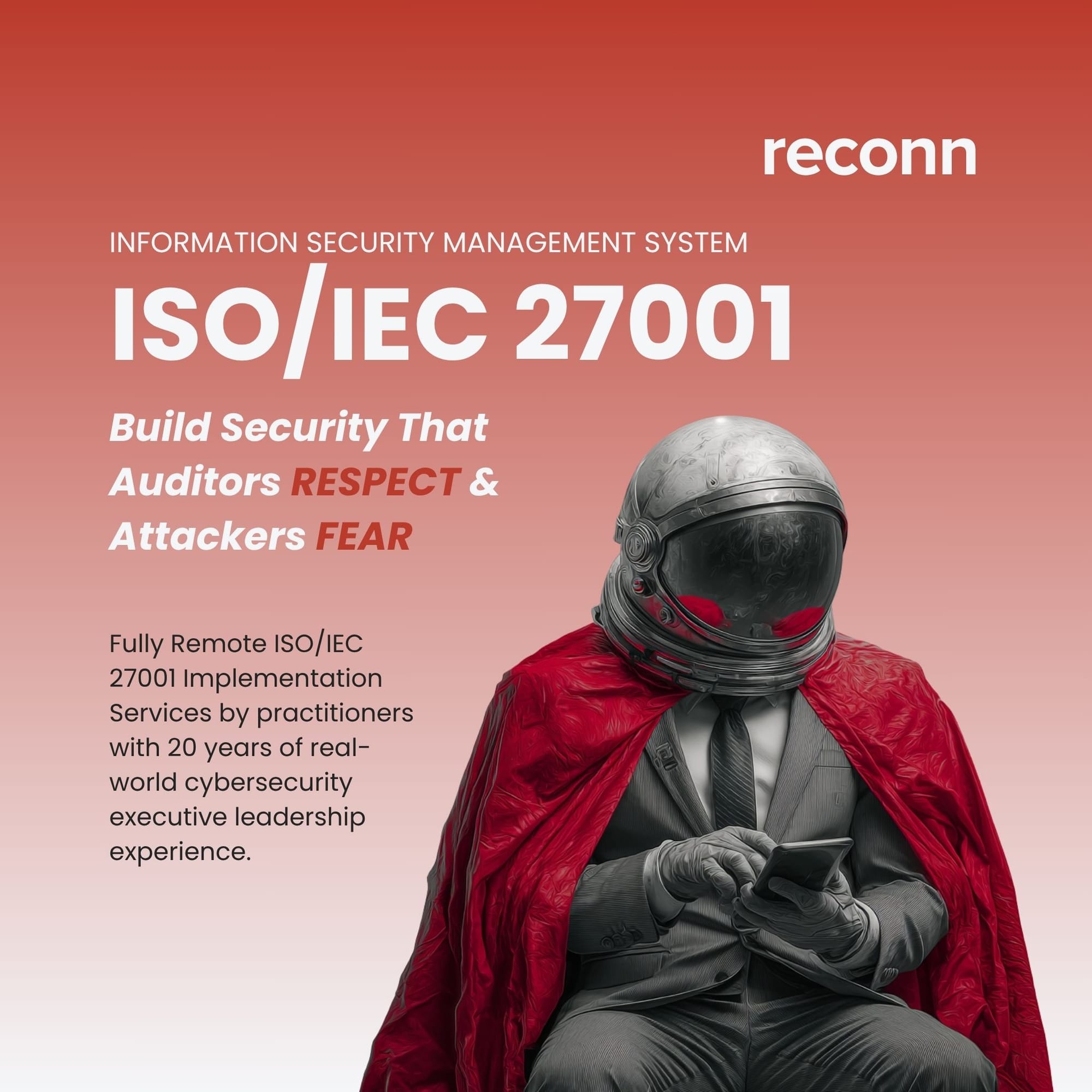Leadership and Project Approval in ISO/IEC 27001:2022 Clause 5.1 Explained
Clause 5.1 makes leadership commitment the cornerstone of ISO/IEC 27001:2022. Discover how effective project approval drives ISMS success with real examples.

When I look back on over two decades of implementing ISO 27001 in banking, defense, and critical infrastructure, one truth remains constant: without leadership commitment, the ISMS is a paper tiger. Clause 5.1 of ISO/IEC 27001:2022 formalizes what I’ve seen firsthand — that top management isn’t just a signatory on the policy; they are the engine that drives an ISMS to real-world effectiveness.
In this article, we’ll explore Clause 5.1 in depth, connect it to project approval processes, and unpack how leadership decisions directly shape ISO 27001 implementation success. I’ll also share examples from real projects (anonymized) to demonstrate both successes and failures.
Key Takeaways
- Leadership commitment is not optional; it’s the backbone of ISO/IEC 27001 compliance.
- Clause 5.1 explicitly defines top management’s role in integrating ISMS into business processes.
- Effective project approval is a risk and resource gatekeeper, poor governance here often derails compliance efforts.
- ISMS leadership must be visible, measurable, and embedded in decision-making.
- Project approval under ISO/IEC 27001 requires balancing security, cost, and business continuity.

PECB Catalogue
Explore PECB’s globally recognized course catalogue featuring certifications in AI, cybersecurity, ISO standards, governance, risk, and compliance—designed for professionals seeking expertise and career advancement.
Understanding Clause 5.1 – Leadership and Commitment
Clause 5.1 of ISO/IEC 27001:2022 requires top management to demonstrate leadership and commitment to the ISMS by:
- Ensuring alignment between the ISMS policy and the organization’s strategic direction.
- Integrating ISMS requirements into core business processes.
- Providing necessary resources for implementation, maintenance, and continual improvement.
- Communicating the importance of information security management.
- Ensuring desired outcomes of the ISMS are achieved.
- Engaging, directing, and supporting people to contribute effectively.
- Promoting continual improvement of the ISMS.
- Supporting management roles in demonstrating leadership.
Pro Tip: In my implementations, I’ve found organizations that treat leadership involvement as a yearly meeting requirement fail faster than those with ongoing executive engagement.
Linking Leadership to Project Approval
The ISMS as a Strategic Project
An ISO/IEC 27001 implementation isn’t just a compliance checkbox, it’s a multi-year transformation program. Approval from leadership is not a single milestone; it’s an evolving sponsorship process.
Key leadership functions in project approval:
- Defining scope: Approving what assets, locations, and processes fall under ISMS.
- Resource allocation: Funding security tools, hiring skilled staff, or outsourcing.
- Risk appetite setting: Determining which risks to accept, mitigate, or transfer.
- Conflict resolution: Deciding when security requirements might temporarily impact operations.
Real-World Examples
Example 1 – The Finance Sector Win
In one Middle Eastern Financial Entity, the CEO chaired a monthly ISMS steering committee. When risk assessments flagged their legacy SWIFT gateway as high-risk, the CEO approved an unbudgeted CAPEX replacement — cutting exposure by 90% before the next regulator audit.
Example 2 – The Manufacturing Sector Failure
A manufacturing plant treated ISMS as an “IT-only project.” Leadership delegated everything to the CIO, with no board oversight. Without proper project approval, critical OT systems weren’t included in the ISMS scope. A malware attack halted production for 5 days, costing millions.
Project Approval Workflow Aligned to Clause 5.1
| Stage | Leadership Action | Clause 5.1 Link |
|---|---|---|
| Initiation | Approve ISMS charter, define scope | Strategic alignment |
| Planning | Approve resource plan, risk methodology | Resource provision |
| Execution | Remove roadblocks, approve control exceptions | Support roles |
| Review | Approve corrective actions post-audit | Continual improvement |
Challenges Leaders Face in ISMS Approval
- Budget Constraints – Balancing CAPEX/OPEX security investments with profitability targets.
- Cultural Resistance – Overcoming employee pushback on “extra security steps.”
- Changing Threat Landscape – Approving mid-cycle changes in scope due to emerging risks.
- Conflicting Priorities – Aligning ISMS timelines with product launches or expansion plans.
Tools and Approaches That Help Leadership
- Governance Dashboards: Real-time ISMS KPIs for executives.
- Risk-Based Project Prioritization: Weighted scoring models for quick decision-making.
- Role-Based Training: ISO/IEC 27001:2022 LA/LI courses for senior leaders to understand ISMS obligations.
- Automated Approval Workflows: Using GRC platforms to track sign-offs and accountability.

ISO/IEC 27001 Lead Auditor Certification
100% Online ISO/IEC 27001 Lead Auditor Certification program. Choose between self-study or elearning delivery option. Includes official courseware from PECB and 2x Examination attempts.
How to Demonstrate Leadership Commitment in Practice
- Visible Sponsorship – Executives presenting ISMS updates at company town halls.
- KPI Integration – Including ISMS objectives in executive scorecards.
- Decision Transparency – Documenting project approvals with clear risk justifications.
- Regular Engagement – Monthly steering committees chaired by top management.
Why Leadership Matters More in 2025
Today’s threat actors are faster, more organized, and financially motivated. Without rapid leadership decision-making, ISMS controls lag behind threats. Clause 5.1’s requirement for continual improvement is not a formality — it’s survival.
Conclusion
In ISO/IEC 27001, Clause 5.1 is not just a compliance clause — it’s a cultural shift. Leadership must be active, informed, and willing to approve projects that align with security objectives, even when there’s a short-term business impact.
As someone who’s led and audited ISMS implementations across sectors, I can say with certainty: the organizations that treat leadership involvement as an operational reality not a ceremonial task are the ones whose ISMS stands the test of time.

ISO/IEC 27001 Remote Implementation Services
Fully Remote ISO/IEC 27001 Implementation Services by practitioners with 20 years of real-world cybersecurity executive leadership experience.



